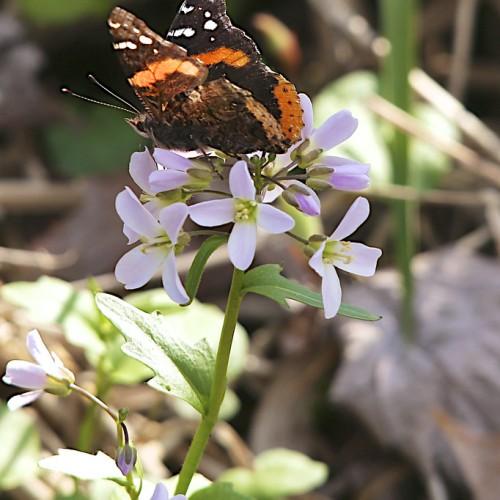
Purple Cress
Cardamine douglassii
Also Known As - Limestone BittercressWatering:
Average
Hardiness Zone:
Sun:
full sun
Leaf:
Yes
Growth Rate:
Low
Drought Tolerant:
Yes
Salt Tolerant:
Yes
watering
Purple Cress should be watered moderately, allowing the soil to dry out in between watering. During the growing season, water the plant every 7 to 10 days or when the top 2 inches of soil are dry. During cooler temperatures in fall and winter, water the plant every 10 to 15 days. Be sure to water at the base of the plant, avoiding wetting the foliage, as disease can be caused with poor air circulation.
sunlight
Purple Cress (Cardamine douglassii) prefers full sunlight for about 6 to 8 hours per day for optimal growth. Sunlight intensity is also important, with more intense and direct sunlight needed in the warmer months from spring through summer. Sunlight should be limited during the cooler months, as too much can damage the plant. In the colder months, indirect sunlight from south or western exposures is recommended. Additionally, it is important that the soil never dries out completely, as this can limit the Purple Cress’s access to the light it needs.
pruning
Purple Cress should typically be pruned in the early spring, as soon as it begins actively growing. This plant does not generally need heavy pruning – it only requires minimal pruning in order to control its size and shape. Generally, only dead or damaged stems can be removed and shaping of the plant can be done. Prune lightly by removing no more than 1/3 of the stems so as not to disturb the plant’s natural growth pattern.
